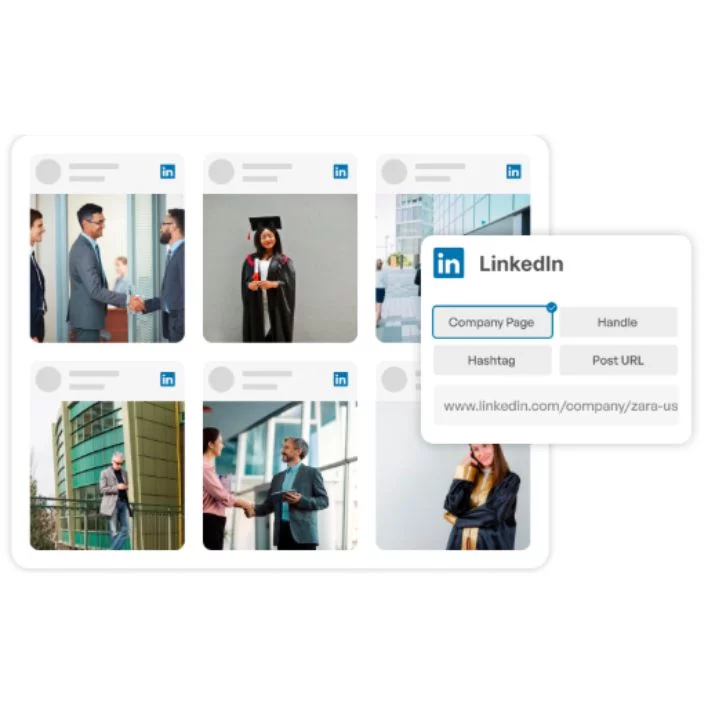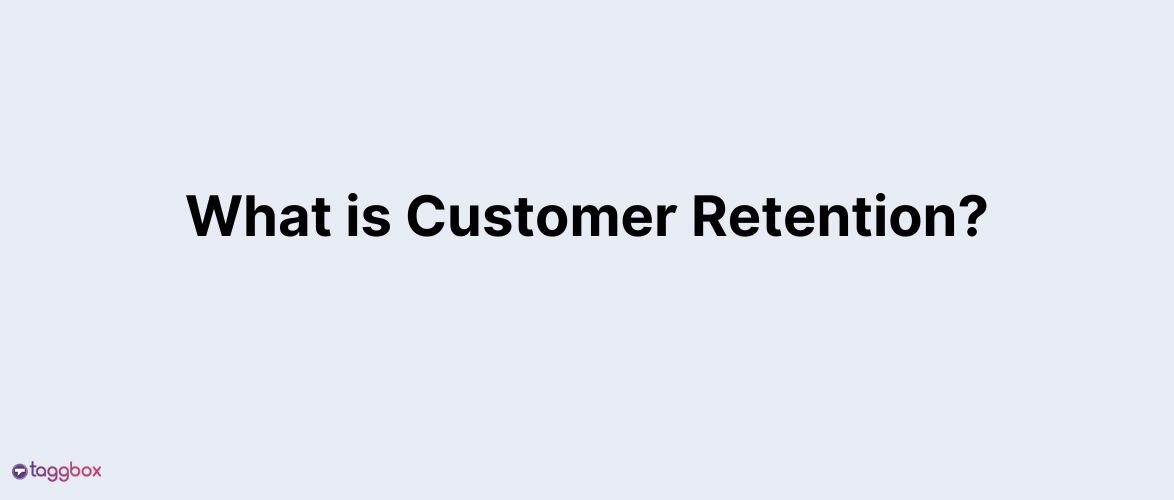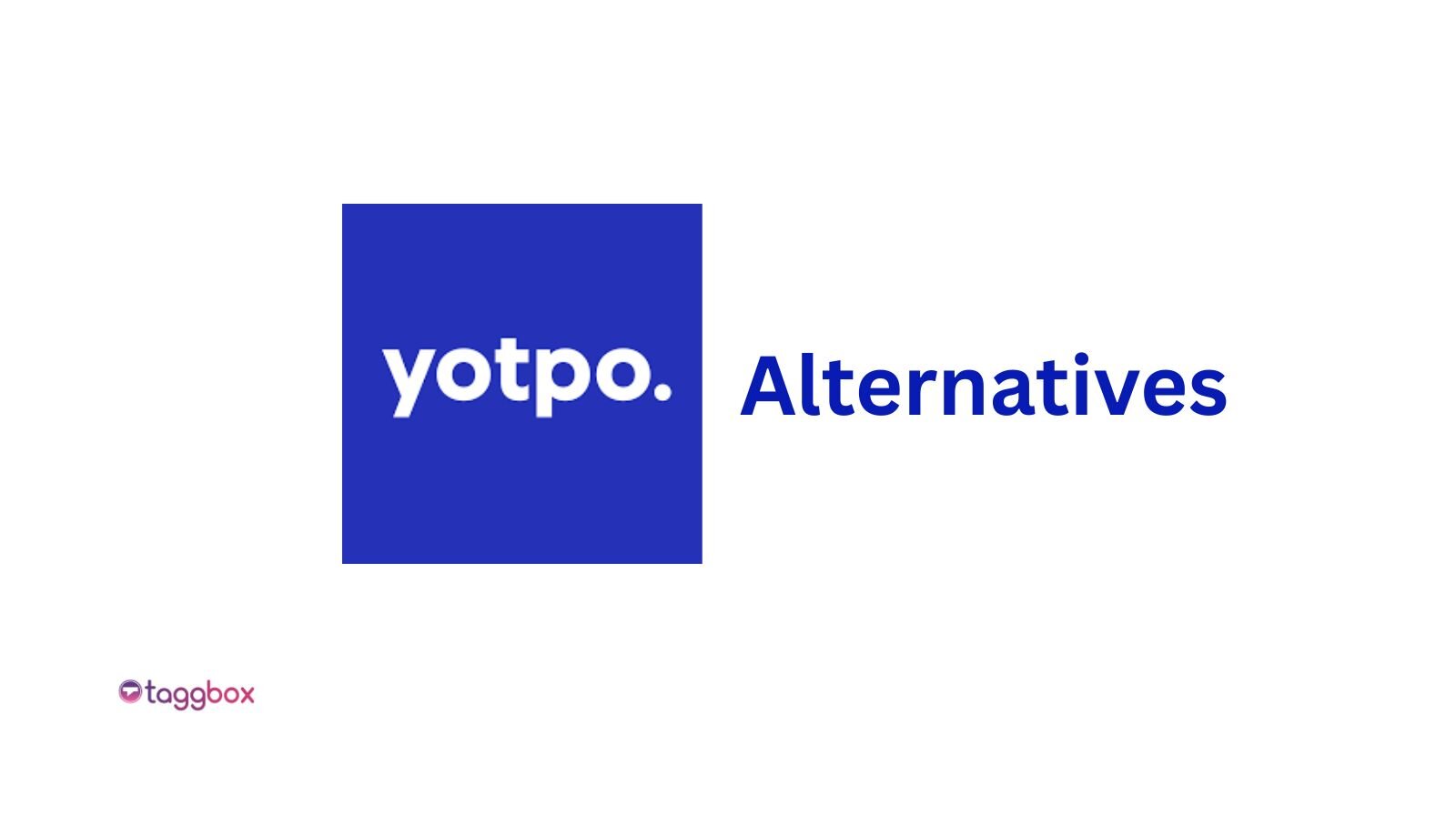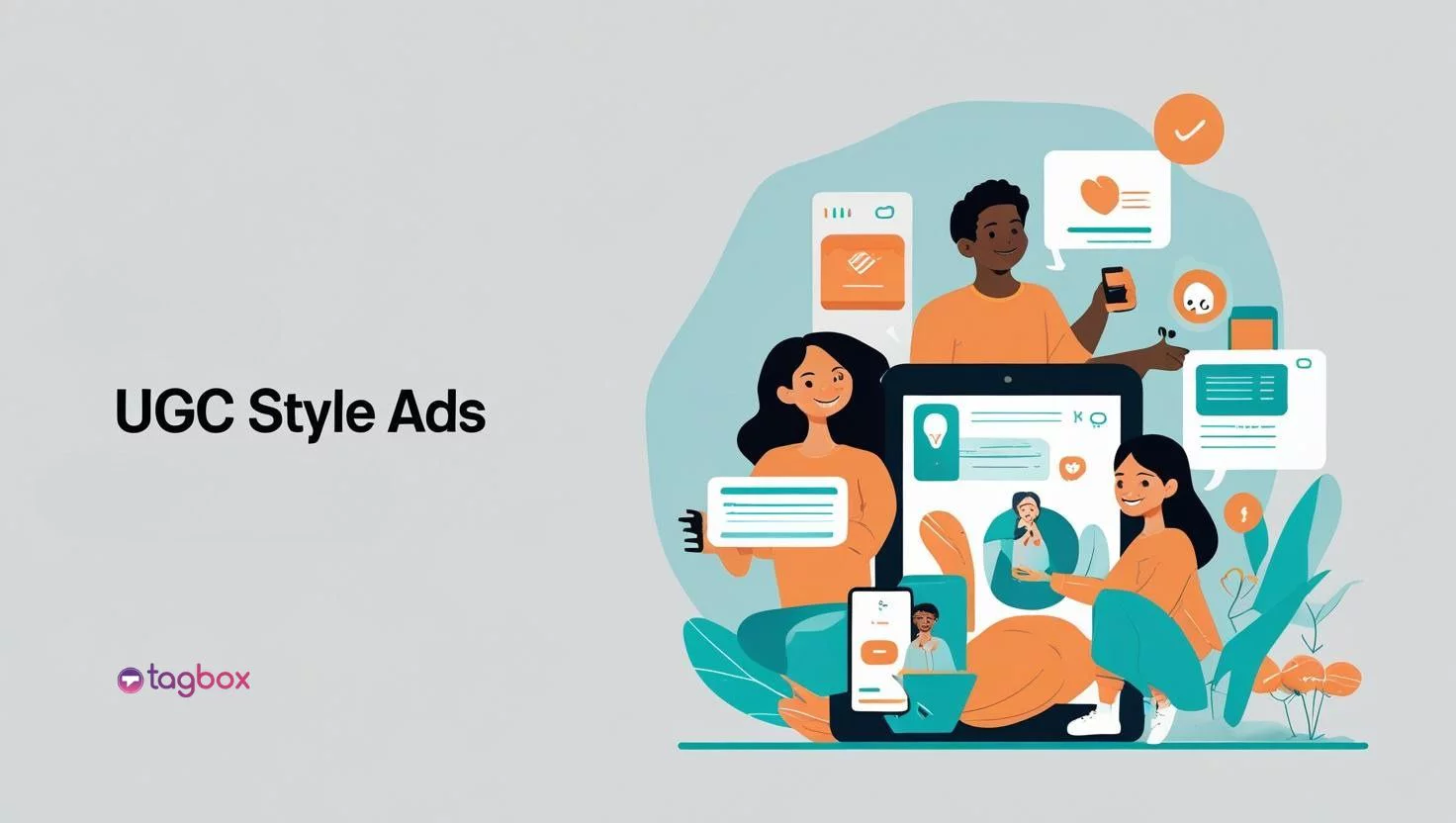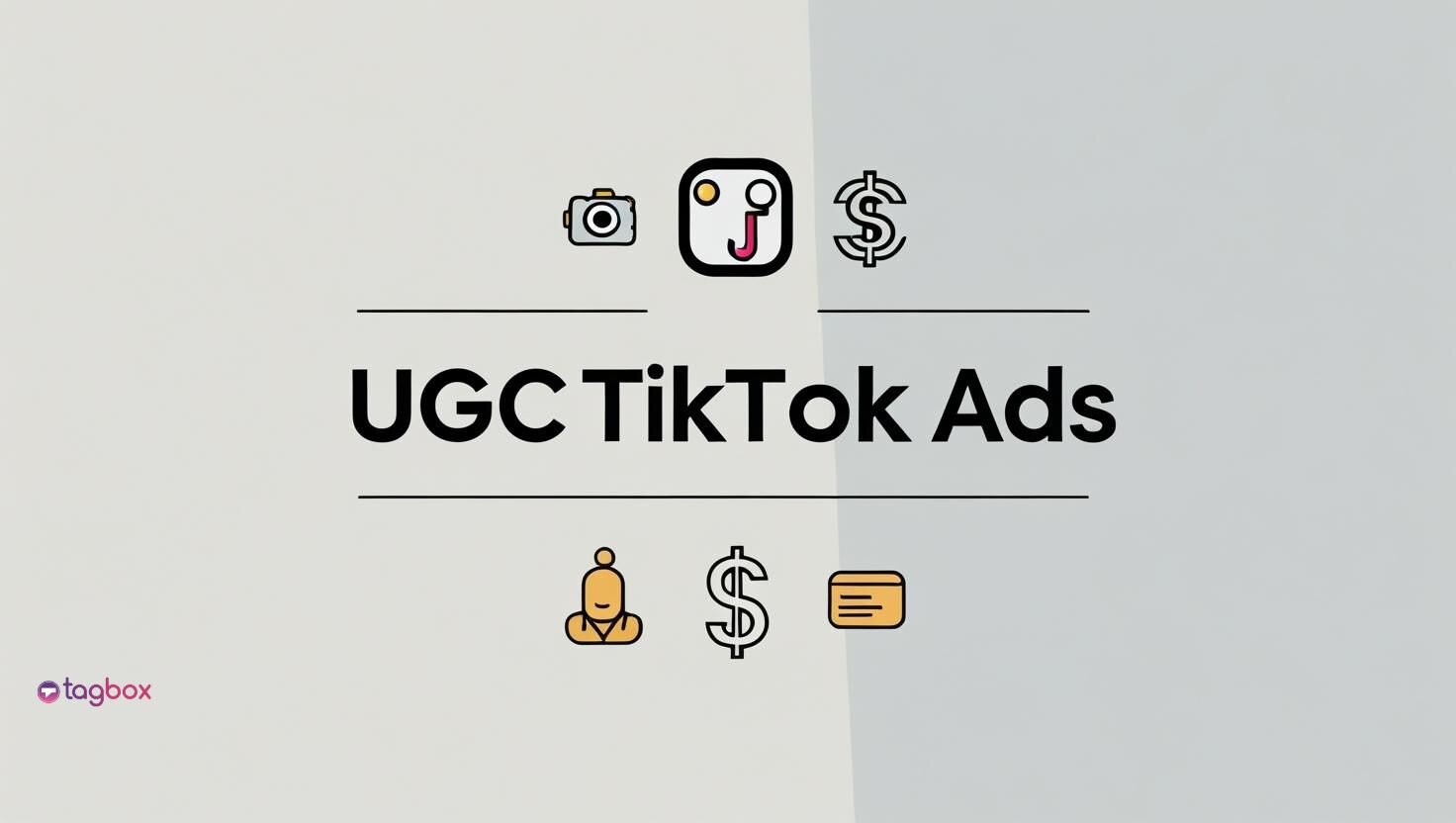Read summarized version with
If we consider brands as “Popeye”, then surely user-generated content is the “spinach”, such is the impact of UGC. Just like spinach provides Popeye the strength to fight his opponents, UGC provides brands the power of trust that helps them to stand out from the rest. It’s the secret sauce for brands wanting to pop off. But to make it work, you need a solid UGC strategy to collect UGC, curate it, and splash it across your channels. This guide dives into the best UGC strategies, step-by-step playbook, real-world UGC examples, and pro tips to make your brand shine. Ready to turn your customers into your hype squad? Let’s roll!
What Is a UGC Strategy?
A User-generated Content strategy is your game plan for hunting, gathering, and flexing user-generated content to hit your brand’s goals, whether that’s boosting engagement, building trust, or driving sales. It’s about curating customer photos, UGC video clips, or reviews, then using them strategically across social media, websites, or ads.
Think of it like hosting a party where your guests (customers) bring the best snacks (content), and you arrange them into a drool-worthy spread. A solid UGC marketing strategy aligns with your brand’s vibe, leveraging types of UGC like Instagram UGC or TikTok shoppable posts to amplify UGC branding & strategy. Many tools in the market help you ease by helping you collect UGC and embed it on your website for maximum impact. It’s all about turning fans into your marketing MVPs.
Steps to Create a UGC Strategy:
Step 1: Set Clear Goals for Your UGC Campaign
Before you start collecting UGC, define what you want to achieve. Your goals could be:
- Increase brand awareness
- Drive more website traffic
- Boost social media engagement
- Get more conversions or sales
- Build community trust
Tip: Use SMART goals — Specific, Measurable, Achievable, Relevant, and Time-bound.
Step 2: Know Your Audience
Understand who your target audience is, what platforms they use, and the type of content they create or engage with. This helps you guide them to create the kind of UGC that aligns with your brand.
Ask yourself:
- What motivates your audience to share content?
- What kind of content do they already post about your brand or niche?
Step 3: Choose the Right Platforms
Decide where you want to collect and showcase UGC — Instagram, TikTok, YouTube, X (Twitter), or even your website. Your platform choice should match where your audience is most active.
Pro Tip: Taggbox helps you collect UGC from multiple social platforms and display it seamlessly on your website or screens.
Step 4: Encourage UGC Creation
Make it easy and exciting for your audience to participate. You can:
- Run hashtag campaigns
- Host contests or challenges
- Request reviews or testimonials
- Offer shoutouts or rewards
- Use branded hashtags
Example: “Share your unboxing moment using #MyBrandMoment for a chance to get featured!”
Step 5: Collect & Curate High-Quality Content
Use tools like Taggbox to collect, moderate, and curate user content in one place. Focus on quality, relevance, and brand alignment.
Key features to look for:
- Real-time content aggregation
- Moderation controls
- UGC Rights management
- Custom display themes
Step 6: Get User Permission (If Needed)
Always respect user rights. If you’re using UGC for commercial purposes, get explicit permission from the original creator.
Taggbox Rights Management helps you request and track user consent easily, keeping your brand safe and compliant.
Step 7: Showcase UGC Smartly
Display UGC across your marketing channels:
- Embed Instagram or TikTok feeds on your website
- Create UGC-powered product galleries
- Add testimonials to landing pages
- Feature UGC in email campaigns or digital ads
With Taggbox, you can create stunning visual UGC that matches your brand style.
Step 8: Measure & Optimize
Track how your UGC is performing:
- Are you getting more clicks, conversions, or engagement?
- Which content type performs best?
- What platform brings the most UGC?
Use analytics to continuously improve your strategy.
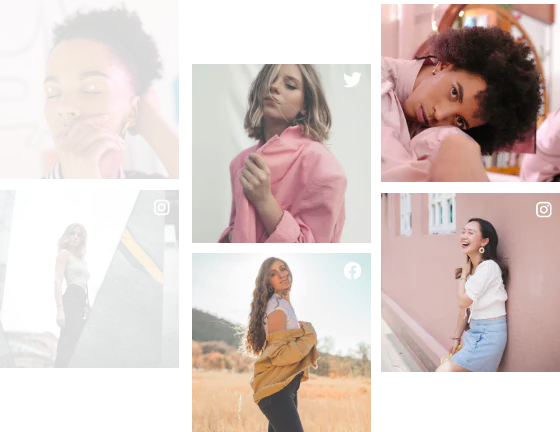
What If One UGC Campaign Could Skyrocket Engagement?
Tap into content your audience already trusts.(CTR)
Key Components of a Successful UGC Strategy
A killer UGC strategy is like a perfect playlist; every part needs to vibe together. Here’s the breakdown:
- Goal Setting: Define what you want, brand awareness, conversions, or community vibes. For example, a UGC campaign for a skincare brand might aim for 10% more sales, and make their UGC strategies accordingly. Similarly, you need to pick your goal, as it will help in forming the foundation for your User-generated Content strategy for your brand.
- Platform Selection: Pick where your audience hangs out, Instagram social commerce for visuals, TikTok for UGC video, or review sites like Yelp for e-commerce. Identify the platform and form of your content.
- Content Collection: Use branded hashtags, contests, or tools like Taggbox to collect UGC content and display it on your desired platform. You can choose to showcase them on your website and build trust in the market.
- Permission & Rights Management: Get consent to use user-generated content legally via DMs or UGC rights tools, to avoid legal issues.
- Curation & Moderation: Filter for high-quality, on-brand content. Tools like Taggbox let you cherry-pick UGC that aligns with your vibe and display it on your website. It helps you to maintain the quality of your brand and keep the content related to your brand only.
- Publishing & Distribution: Share UGC on social media, websites, product pages, or ads. Repurpose UGC across channels for max reach.
- Measurement & Optimization: Track engagement, clicks, and conversions with Instagram hashtag analytics or Taggbox’s dashboard to refine your UGC campaign. After you get the detailed report on the performance of your UGC content, you can make future strategies.
These pieces make your UGC branding & strategy a seamless, trust-building machine.
Real-World Examples of Great UGC Strategies
These brands are killing it with the best UGC strategies in 2025:
1. Glossier’s Community-Led Instagram
Glossier’s #GlossierIRL hashtag campaign encourages fans to share authentic makeup looks on Instagram, curating user-generated content (UGC) into shoppable Reels that drive engagement and sales. The campaign leverages Instagram’s shoppable features, blending community authenticity with seamless purchasing. It helped in getting more followers and contributed to their sales.
2. GoPro’s Hashtag Campaigns
Imagine you’re shredding a snowy mountain or diving into a coral reef, capturing every heart-racing second with a tiny camera strapped to your helmet. That’s the vibe GoPro’s GoPro UGC strategy nails with their #GoProHero hashtag, a cornerstone of their UGC marketing strategy. This campaign invites adventure junkies to share UGC video and photos of their wildest moments, think skydiving flips or surfing epic waves, posted on Instagram, TikTok, or YouTube. GoPro curates these jaw-dropping clips, splashing them across their social channels, website, and even TV ads, per Hootsuite. The GoPro UGC strategy kicked into high gear with their Million Dollar Challenge, where fans submit raw footage for a shot at cash prizes and a spot in a global highlight reel. Picture a snowboarder’s POV clip going viral, hyping up the brand without GoPro lifting a finger. This UGC campaign has amassed over 50 million posts under #GoProHero, turning customers into brand ambassadors.
3. Nike’s Customer Stories
Nike’s “Play New” campaign is like a motivational coach in your DMs, pushing you to crush your workout goals while flexing user-generated content that feels more real than a gym selfie. This UGC campaign invites athletes, pro or amateur, to share workout photos, training stories, or personal wins, like a runner’s sweaty post-marathon glow or a yogi nailing a headstand, all tagged with #JustDoIt or #PlayNew. Nike repurposes UGC into Instagram reel ideas, social posts, and even ads, creating a vibe that’s less “buy our shoes” and more “join our movement.” This approach boosted engagement, as fans feel seen and motivated to keep posting. By curating Instagram UGC that celebrates real sweat and stories, Nike’s UGC content strategy builds a community where everyone feels like an athlete, driving brand love and loyalty.
4. Starbucks’ Red Cup Campaign
When the holiday season hits, Starbucks’ #RedCupDay campaign turns every latte lover into a content creator, sipping festive drinks and snapping pics like they’re starring in a Hallmark movie. This UGC campaign encourages fans to share photos of their holiday-themed red cups, think peppermint mochas with whipped cream swirls or gingerbread lattes in cozy settings, posted on Instagram or Twitter with #RedCupDay.
These UGC examples show how UGC campaigns turn fans into brand ambassadors.
Tools to Support Your UGC Strategy
The right tools make your UGC strategy a breeze. Here’s a lineup:
1. Taggbox
The MVP for UGC platforms, Taggbox lets you collect, curate, and showcase UGC on a website. The tool also allows you to filter out content that you feel is not appropriate for your site. Moreover, you can even customize the feed by changing font style and more, which helps improve the overall look and feel of your website.
2. TINT
Curates user-generated content from social platforms with moderation tools. The tool is excellent for events, as it smoothens the whole process of collecting and showcasing content. However, you need to have a reasonable budget to use this tool, as many can find the pricing plan a bit expensive.
3. Bazaarvoice
Focuses on reviews and ratings for social proof ecommerce. It can be your great help if you’re looking forward to showcasing customer feedback to prove your credibility in the market. User reviews also help potential customers to get a better understanding of the product or brand, which can help generate sales.
4. Yotpo
The tool helps to collect UGC video and reviews, integrating with Shopify for shoppable content. It helps you in flaunting the user-generated content made by your customers, proving the authenticity of your brand.
Best Practices to Keep in Mind
To nail your UGC strategy, follow these best UGC strategies:
- Always Get Proper Rights: Use UGC rights tools or DMs to get consent, avoiding legal headaches.
- Give Credit to Creators: Tag or shout out original posters in Instagram UGC or UGC video to build trust.
- Prioritize Quality Over Quantity: Curate only high-quality, on-brand content, like Glossier’s polished Instagram feed examples.
- Mix UGC with Branded Content: Blend user-generated content with pro visuals for balance, boosting engagement.
- Leverage UGC in Ads, Email, and On-Site: Repurpose UGC in Instagram social commerce ads, email campaigns, or Instagram widget galleries for max ROI.
Conclusion
A fire UGC strategy is your ticket to building trust, engagement, and conversions. With shoppers vibing with user-generated content over ads, the best UGC strategies, like GoPro’s UGC strategy or Glossier’s Instagram UGC, show how to turn fans into your marketing squad. If used correctly, UGC strategy can be the key to success for your brand, so don’t sleep on this. Start hyping your fans and watch your brand soar!



